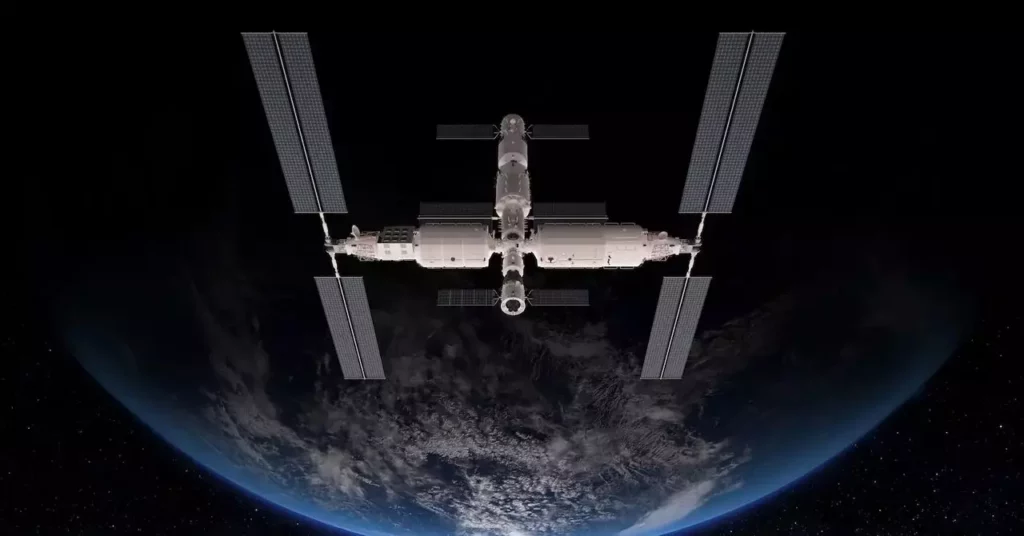The intensifying trade feud between the United States and China has revealed an uncomfortable truth: the very fabric of modern technology is intricately tied to rare earth elements (REEs). These essential materials have emerged as the focal point of a broader geopolitical power struggle, and as we delve deeper into the complexities of this issue, it becomes clear that the implications go far beyond economics. Tesla CEO Elon Musk recently underscored this reality in an earnings call, where he acknowledged that restrictions on the export of rare earth magnets from China are creating significant challenges for Tesla’s ambitious humanoid robot project, Optimus. This situation is emblematic of a much larger problem facing companies reliant on an integrated global supply chain.
Operational Challenges and the Geopolitical Landscape
Musk’s comments highlight the critical role REEs play in high-tech innovations. The fact that companies like Tesla find their progress impeded by external regulatory decisions is a jarring reminder of how vulnerable corporations are in today’s interconnected world. Musk’s mention of these magnets as potential “pawns” in a political chess game illustrates a sobering reality: advanced technologies are now tethered to the whims of geopolitical maneuvering. This precarious balance of power has created a situation where innovation and ambition can be stifled not by market dynamics but by stringent export controls and nationalistic agendas.
Furthermore, China’s demand for assurances that Tesla’s magnets will not serve military purposes casts a long shadow over technological collaboration. This demand exemplifies a growing chasm of mistrust between nations, even as they profess a desire for cooperation in technological advancements. The paradox is stark: countries that ought to be collaborating for progress are, instead, fortifying walls that inhibit open exchange and innovation. In this climate of suspicion, it raises lingering questions about whether firms like Tesla can reassure regulators without compromising their own operational integrity.
The Impacts on Innovation and Competition
Despite facing unprecedented hurdles, Musk remains optimistic about the future trajectory of Tesla’s humanoid robots. The company aims to ramp up production to about 5,000 units this year, with a strategic intention of integrating these robots into Tesla’s manufacturing processes. This ambition to enhance efficiency through robotics feeds into a larger narrative of harnessing technology to drive productivity. However, this optimism must be tempered with a healthy dose of realism as competitors such as Unitree Robotics and AgiBot gear up to enter the market. In this burgeoning arena, Tesla might find itself not just grappling with technical challenges but also fending off fierce competition from rivals who could exploit its vulnerabilities.
The U.S. could very well be on the precipice of a significant resource crisis. The escalating tensions with China place American tech firms in a precarious position, relying heavily on materials that are being restricted by a strategic adversary. Should China further tighten its control over REEs, American companies may face not only stunted growth but a potentially debilitating slowdown in innovation. This dilemma highlights a glaring weakness in the U.S. technology sector, revealing how deeply intertwined our progress is with global political affairs.
The Faltering U.S. Competitive Edge
Former Tesla board member Steve Westly’s recent observations serve as a dire warning. If American firms do not rapidly innovate, they risk falling behind in the technology race. The quest for humanoid robots could provide a much-needed growth engine for companies like Tesla, but if geopolitical tensions continue to interfere, we must ask ourselves: can the U.S. genuinely claim a stance of technological superiority while its access to essential resources hangs by a thread?
With government policies focusing more on isolating domestic markets than fostering international trade, we are potentially setting ourselves up for long-term consequences. As China continues to bolster its own tech advancements, the competition in the robotics field is not just a matter of superior engineering; it also represents a strategic battle for the future landscape of global technological leadership.
The Future of Innovation Stretched Thin
As we observe these unfolding events, the course of innovation is being recalibrated under the weight of geopolitical forces. While Musk is optimistic about Tesla’s future, the looming presence of tightening restrictions on vital resources from China introduces a significant wildcard into the equation. The stakes are higher than ever as we witness a landscape where technology and international relations are inextricably linked. The interplay between trade policies and technological advancement will undoubtedly serve as a catalyst for structural shifts in how we approach innovation—not just in the United States, but globally. As these tensions escalate, one thing remains crystal clear: the future of innovation hangs in a fragile balance, shaped by debates that extend far beyond the boardroom.









Leave a Reply